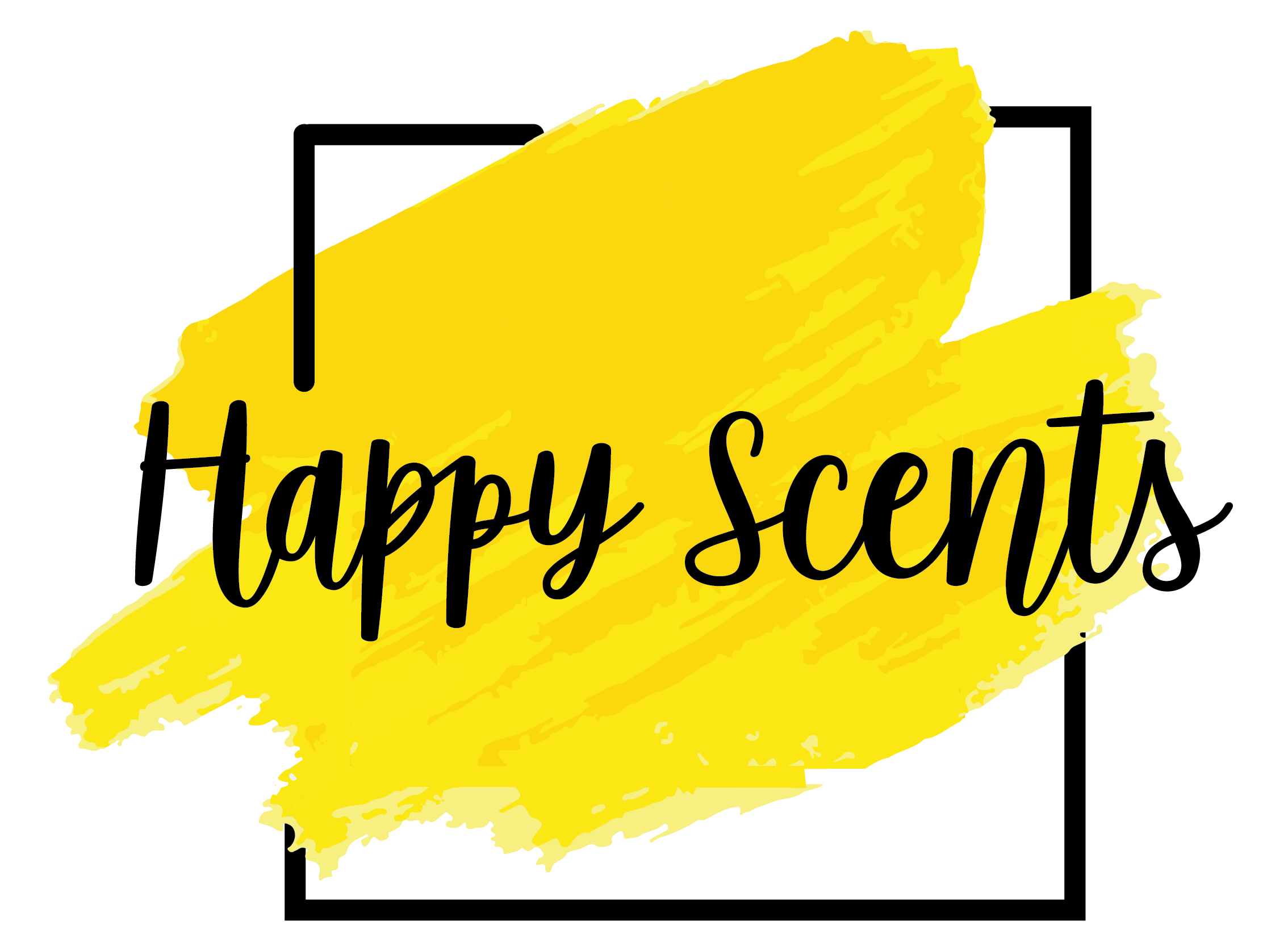Perfume or fragrance lover, or simply someone who just loves good fragrances? Then you might have come across the complex and seductive aroma of tonka bean. It is a widely used component of candles, perfumes, colognes, and even gourmet foods. The tonka bean has an interesting history and an even more interesting smell. We will uncover the tonka bean, its uses and benefits, and describe it’s scent.

The Origins of Tonka Bean
Tonka beans grow from Dipteryx odorata tree, which is native to Central America and northern South America. These trees reach a height of up to a hundred feet and are commonly located in the tropical rain forests. The beans themselves are in fact the seeds contained in the tree’s pod and these are collected only after the pod has ripened and has fallen on the ground and become dry.

Harvesting and Processing
Once harvested the beans are cured; this involves washing the beans with cold water and then soaking them in alcohol or rum for at least 24 hours and then leaving it to dry. This process is effective in helping to release the deep, full bodied aroma of tonka beans. The outer layer of the bean shrivels and turns brown, similar to an almond, the inside turns black and oily containing aromatic chemicals, such as coumarin. Coumarin is the source of the tonka bean’s distinctive smell and taste.
The Unique Aroma of Tonka Bean
It is rather difficult to give a straightforward description of tonka bean’s scent, because it is usually described as a combination of several familiar scents. The following fragrance notes are commonly used when describing the tonka bean.
- Vanilla: The first and the most noticeable is vanilla. Coumarin which is a natural substance gives tonka beans their creamy, sweet vanilla fragrance; it is present in high concentrations in these beans. This makes tonka bean a popular, less sweet substitute of vanilla in perfume production and in the culinary industry.
- Almond: There is also a background reminiscent of almonds. Tonka beans have a nutty, warm undertone that complements the sweetness of the vanilla-like notes.
- Spices: There is a hint of cinnamon and nutmeg. These spice notes make the tonka bean’s aroma feel warm and cozy.
- Woody: There are also some earthy and woody undertones that add dimension to the tonka bean scent.
- Caramel and Tobacco: Some people can pick up subtle caramel and tobacco notes.
Tonka Bean in Perfumery
Tonka bean is very popular and is used both for men and women. This makes it to be capable of being combined with other notes and thus support or balance the other notes making the scent profile. Here are some of the uses of tonka bean in perfumery.
- Base Note: Tonka bean has a long-lasting scent and, therefore, is mostly applied as the base note in fragrances. It lays down the basic structure on which the other notes can rest so that the scent will have duration and dimension.
- Oriental Fragrances: Tonka bean is also used in oriental perfumes that are characterized by luxurious and sensual tones; it goes well with warm bases such as amber, vanilla, and spices.
- Gourmand Fragrances: These scents are described as having food, particularly sweet, connotations. Due to its vanilla/caramel character, tonka bean is popular in oriental/food accords, reminiscent of the smell of sweets.
- Woody and Fougère Scents: Hence, the earthy, woody undertones of Tonka bean blend well with the fresh Fougère and the warm woody notes, thus, enriching the fragrance.

Culinary Uses of Tonka Bean
Other than its use in producing fragrances, Tonka bean has been used in cooking especially in the preparation of deserts. It is valued by chefs for the capacity to convey the taste that can be described as the blend of vanilla, almond, cinnamon, and cloves. It is said that one bean has enough flavor to complement 80 dishes. Below are some of the popular uses in cooking.
- Desserts: Tonka bean can also be grated and included in cream, custards and ice creams which gives a rich and aromatic dessert. It goes well with chocolate, caramel and fruits and it is also used as a filling, in the making of sweets.
- Beverages: There are also bartenders who incorporate Tonka bean as a novelty to some of their cocktail drinks, syrups, and even coffee. The taste is hard to describe and is quite versatile which can transform an ordinary beverage into something special.
- Savory Dishes: Tonka is used less frequently in savory dishes but when used in marinades or sauces for meats, the sweet-spicy note of Tonka bean can create a uniquely perfect flavor.
Controversy Around Tonka Bean
The tonka bean has caused some controversy in the past, especially in the United States. The FDA restricted the use of Tonka beans in 1954 because coumarin, in large concentration, can cause liver problems. However, it would take eating 30 whole tonka beans to experience any negative effects. And no one eats the beans whole.
More than a spice
Apart from perfumery and culinary applications, tonka beans have gone down in history and can be found in literature and folktales. In different cultures they are believed to be lucky and are incorporated in many rituals and charms. Folklore has it that the beans are capable of making wishes come true and used in attracting love and wealth. In Venezuela, the tonka bean was used as currency until 1940.

Tonka bean has seduced the senses for ages. It is highly valued in perfumery and culinary industries because of its depth of flavor and aroma. Explore the scent of the tonka bean in some of our Happy Scents.
Happy Scents Products that feature the tonka bean fragrance:
Egyptian Amber Room & Linen Mist




